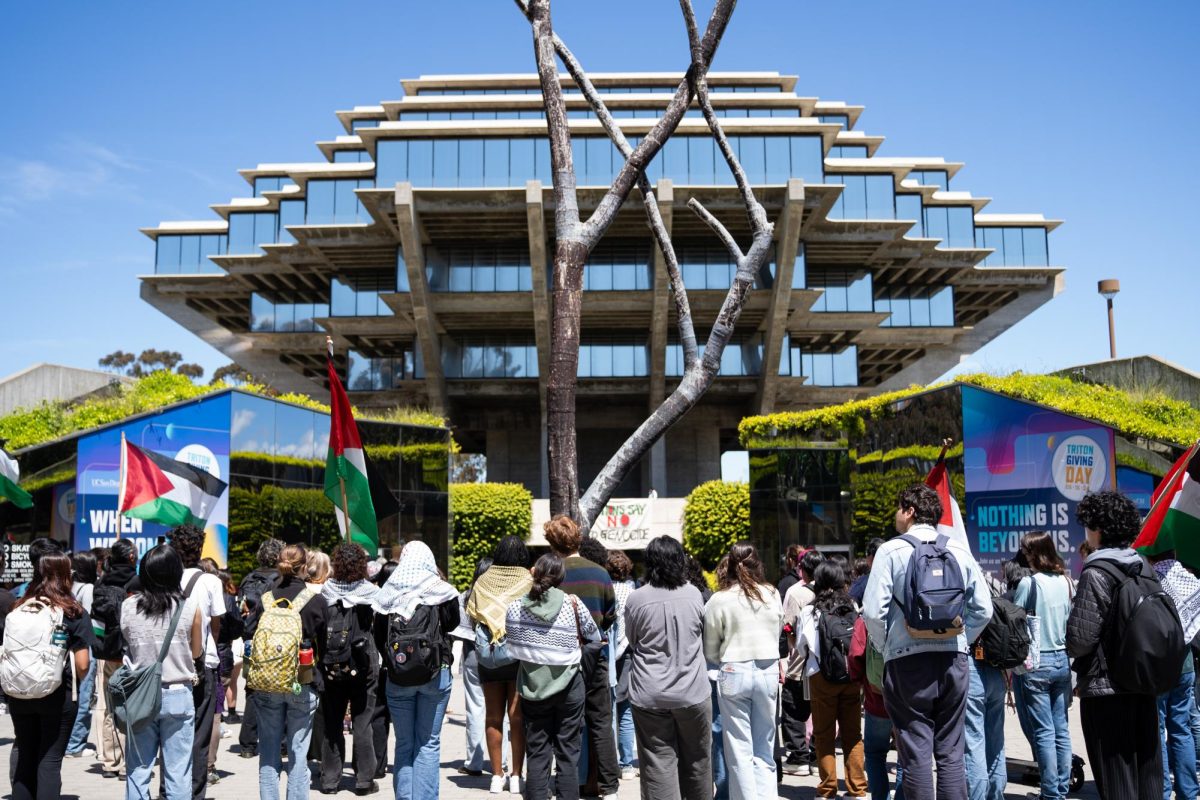A team of UCSD researchers, in collaboration with the U.S. Department of Housing and Urban Development, have released genetically modified mosquitoes as a means of combatting the latest housing crisis. The mosquitoes, which will be unleashed upon civilians fifty-six times a week starting April 1, will be deployed in areas where housing prices have risen more than five dollars within the past year in an attempt to lower the cost of living.
James Housington, the HUD President, explained that the idea to use genetically modified mosquitoes as a means of making homes more affordable derives from the promising potential success of these mosquitoes in combatting the spread of the Zika virus.
“We had no real solution,” Housington admitted to the UCSD Guardian. “So we looked at a potentially devastating problem, examined its current solution and applied it to our issue. If we can use genetically modified mosquitoes to combat something as potentially dangerous as the Zika virus, it isn’t a far reach to suggest that they’ll likely become the go-to solution for all future crises.”
Dr. Moe S. Quito, a researcher assigned to the task of creating modified mosquitoes suited to the housing crisis, explained to the Guardian the difficulties of applying a modification specifically suited to disease prevention to the housing market.
“Our lab was three quarters of the way towards discovering a cure for lung cancer,” Quito said. “So the mosquito question became less about finding a viable solution within these parameters and more focused on finding a quick solution that would allow us to return to our actual work.”
Quito clarified that the mosquitoes would be released in droves in an attempt to lower the populations of cities where housing prices increased anywhere from $4.75 to $5.00 in 2015.
“We’ll be implementing CRISPR-Cas technologies to create a super mosquito 10-20 times the size of an averagely sized person,” Quito said. “These mosquitoes will have an increased affinity for human beings, prompting them to snatch up individuals interested in moving to cities where prices have increased and carry them off to the middle of nowhere. The more mosquitoes we can deploy, the less people in the affected housing markets and the further prices will plummet.”
Janice Campell, director of UCSD’s Housing and Dining department praised HUD’s solution to the nationwide housing crisis and proposed that a similar tactic would benefit the undergraduate housing conflict at UCSD.
“Not only would giant mosquitoes aid in reducing the population of students living on campus, but they could also provide a viable method of transportation for students on and off campus,” Campell said. “Ideally, the mosquitoes would also solve the issue of overcrowded buses, picking snatching up students who’ve finished classes and dropping them off somewhere where the university wouldn’t be responsible for them.”








